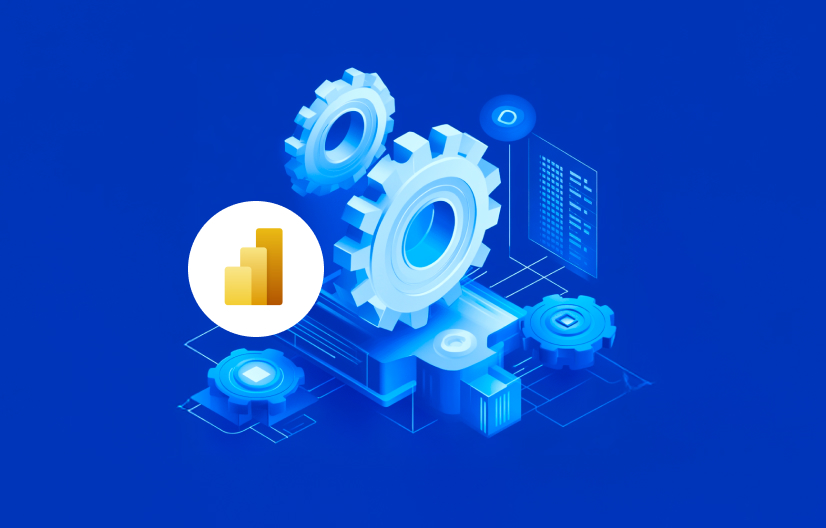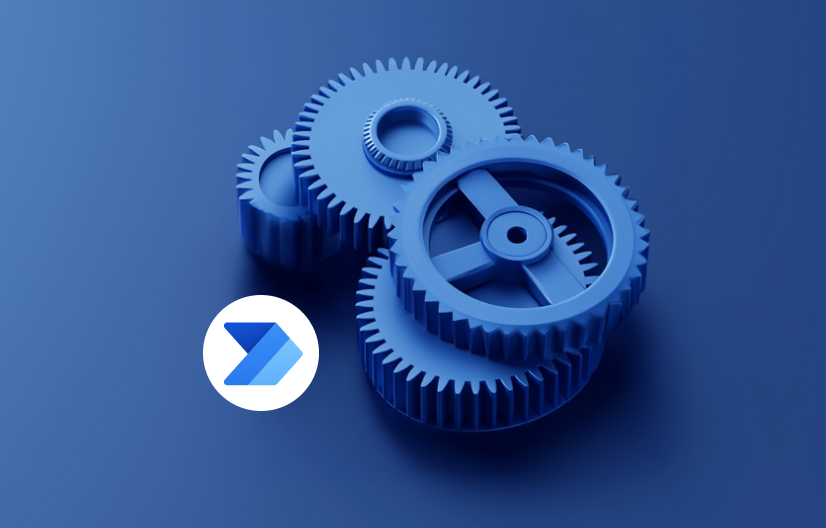
Start spring cleaning your data
Imagine a closet full of clothes, with everything from winter coats to summer linens. Some hangers are holding two or three shirts. On the floor are piles of shoes, boots and sandals, and drawers are stuffed with mixed socks and balled-up t-shirts, some of which haven’t been worn in years. So when you’re looking for a particular belt, it’s almost impossible to find.
Does this resemble how data is managed in your organization?
When your organization’s data is scattered, disorganized, duplicated, and siloed, users struggle to find what they’re looking for and to leverage the data for valuable insights. Additionally, fragmented data is more vulnerable to security breaches.
For example:
- Can your customer service reps quickly find case information, or do they face delays?
- Does your sales team struggle to access complete customer histories, affecting sales?
- Have duplicated contacts ever derailed your marketing efforts?
- Are your financial forecasts reliable, or does data duplication undermine their accuracy?
- Is your sensitive data securely managed, or are you at risk of compliance violations?
- Does a lack of data visualization impede your strategic decisions?
In the spirit of spring cleaning, it may be a good time to tidy up your business processes and documentation, ensuring they align with your business goals. Start by answering these questions:
“Can I find what I’m looking for in this Excel spreadsheet?”
No? Automate it.
Yes? Automate it and utilize it.
“Can I find what I need in my clients’ historical data to boost sales?”
No? Document it and automate it.
Yes? Keep using it and elevate your game with AI.
“Are our customers satisfied with our level of service?”
No? Centralize your data.
Yes? Keep doing what you’re doing, but level up with AI.
Salesforce is a centralized CRM platform that can help to ‘tidy up’ by organizing and structuring your data, so it’s easier to measure marketing campaigns, customer engagement, sales strategies and sales forecast progress. That means users can make better informed decisions based on data they trust.
5-step plan to spring clean your data
This 5-step spring cleaning plan doesn’t just apply to your home. The same idea can be applied to your business process automation and digitization, with five practical and actionable steps that your business can easily follow:
- Audit your data: Conduct an audit of your data to identify what truly belongs in your Salesforce environment.
- Categorize with care: Develop a strategy that clearly defines where each piece of data should reside, ensuring it serves a purpose for your business goals.
- Tidy up datasets: Cleanse your data of duplicates and inaccuracies, and remove data if it no longer serves your business goals.
- Foster governance: Establish rules that protect and manage your data, ensuring it remains useful—and not a source of clutter.
- Embrace cloud technology: Adopt tools and systems that continuously optimize your data, ensuring it always brings efficiency to your business processes.
From disorganized to added value
As an example, a company with data spread across data silos decided to ‘spring clean’ its data. The goal was to unify its sales and marketing tools, which would help support the company’s growth, while streamlining operations, increasing productivity and scaling operations.
Through Salesforce Sales Cloud and Marketing Cloud Account Engagement, the company organized and structured their datasets to boost collaboration between teams, improve lead management and automate tasks to focus on closing opportunities.
This resulted in three key benefits:
- Increased the lead conversion rate by turning leads into customers.
- Increased operational efficiency by reducing time spent on manual tasks and preventing errors (such as duplication).
- Increased revenues through better lead conversion and operational efficiency, which led to business expansion.
Has tidying (and optimizing) your data been on your ‘to do’ list for far too long? It’s the timing is perfect to start your data transformation journey—and reap the benefits before year’s end.
While data transformation does require effort, consider it an investment in your organization’s productivity. By offering tools that can help users move away from outdated manual and duplicated processes, they’ll start to see tangible results with better access to clean, high-quality data.
Need someone to kickstart this initiative? To discuss your organization’s data transformation challenges and goals, contact our team.





















